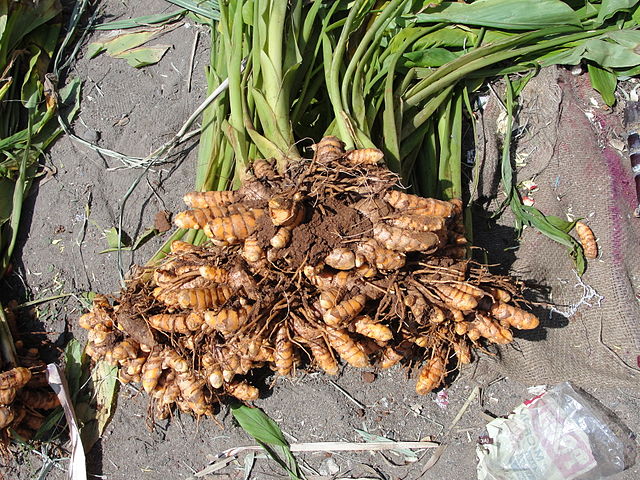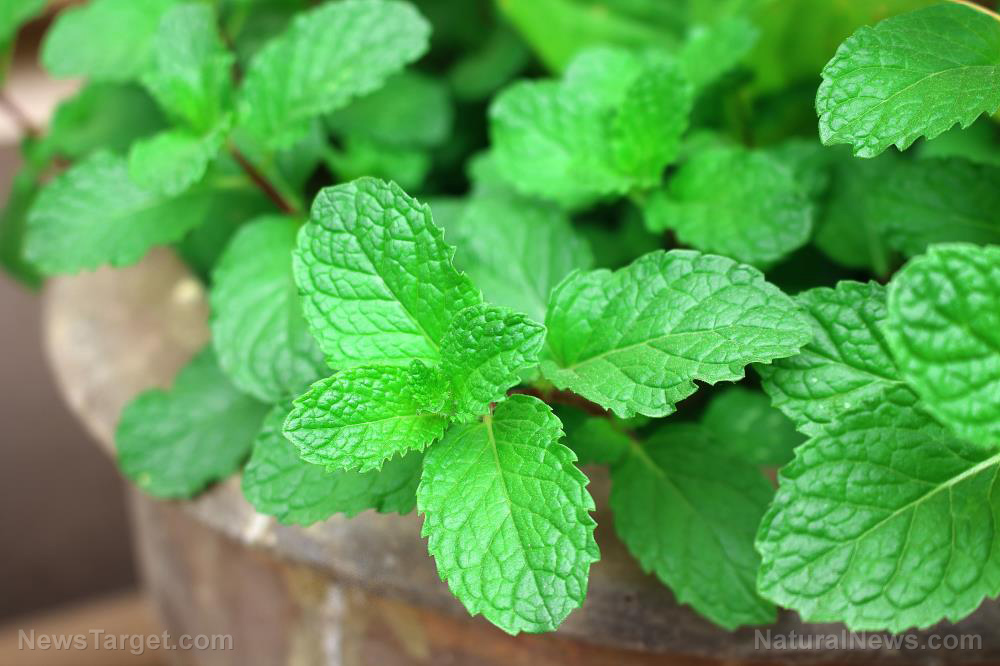How to easily grow turmeric in the comfort of your own home
07/26/2017 / By Rhonda Johansson

Turmeric is one of the easiest plants to grow. The medicinal root is extremely low-maintenance and produces ample yields which should supply a typical household throughout the year. Turmeric is grown similar to ginger root; that is, it sprouts from an underground tuber or rhizome and not from seeds. It takes around six to eight months for the plant to reach maturity and can grow to three or more feet tall. Turmeric thrives in warm and humid conditions or around 65 to 85 degrees Fahrenheit (20 to 30 degrees Celsius). While they can be grown under direct sunlight, turmeric plants prefer fully shaded areas.
Setting the right conditions and choosing the perfect rhizome
In order to get the best yield, it is essential that you make the planting conditions ideal. Unlike ginger, turmeric roots sprout in all directions from its mother. They’re a little bit like weeds this way. As such, you would need to choose a pot that is both deep and wide. Expert gardeners typically recommend a size that is 12 inches wide and 12 inches deep. This should accommodate one turmeric finger that has a few buds. The size of the container should expand with each additional finger. Similarly, you can try sprouting your own rhizomes in smaller, separate containers and then transferring them into larger pots once they grow and begin sprouting leaves.
Turmeric prefers light and loamy soil that is rich in nutrients. Pack in containers with well-draining potting soil. Regularly fertilize plants with an all-purpose liquid fertilizer. You may opt to use compost as well. For those who live in colder climates, remember to add a top layer (one that is relatively thick) of mulch to preserve soil moisture.
As mentioned earlier, turmeric does not grow from seeds. Instead, new plants come from a mother rhizome. The easiest way to source the mother is to visit your local organic food store or farmer’s market. When selecting an appropriate rhizome, choose those that are plump and have multiple bumps or buds along the sides. Old or shriveled looking rhizomes should be avoided.
Once you’ve made your selection, break a finger from the mother. Choose a finger that has at least two to three buds on its side. Bury the finger about two inches deep in a pot, with the buds facing up. The container should then be set in an area that is relatively warm but not exposed to too much sunlight.
You will see shoots in around four weeks; however, these are still babies and should be left alone. You may begin harvesting after six to eight weeks. Wait for the plant to turn yellow and the leaves to dry out before digging up the turmeric. You need not dig up the entire plant. If you only need a few pieces, you can harvest only the fingers you need and leave the rest of the plant growing.
Rhizomes remain fresh for up to six months, when refrigerated in an airtight bag. This can be extended if you store them in the freezer.
Health benefits
One of the best ways to take turmeric is as a tea. The beverage can take some time to get used to, but it does grow on you eventually. Ingesting turmeric as a drink is also the easiest way to reap its many health benefits, which include the easing of arthritis symptoms, preventing Alzheimer’s disease, reducing the risk of cancer, maintaining ulcerative colitis remission, boosting the immune system, lowering bad cholesterol levels, and treating uveitis (inflammation of the iris), among other things. (Related: Turmeric is the Anti-Aging, Anti-Oxidant, Anti-Inflammatory Super Spice.)
Learn more about turmeric at Naturalpedia.com.
Sources include:
Tagged Under: curcumin, gardening, Herbs, home gardening, how-to, natural medicine, Planting, turmeric

















